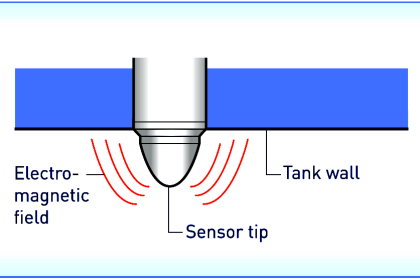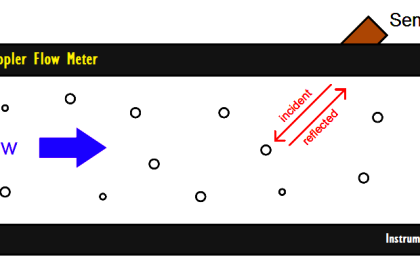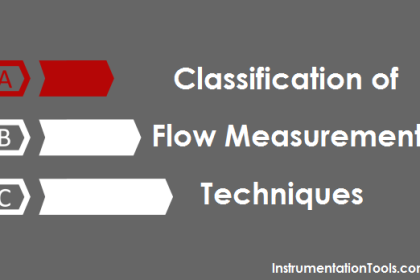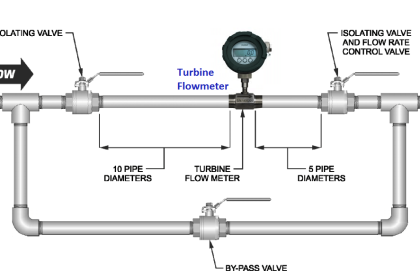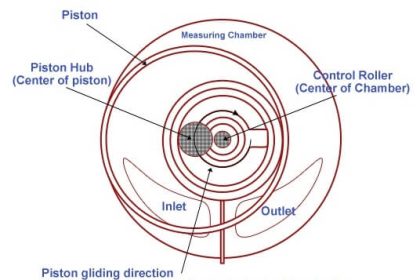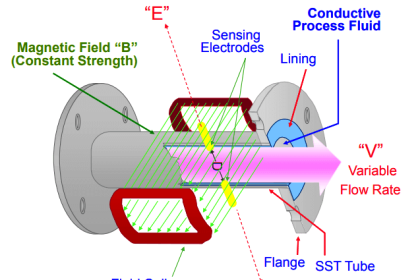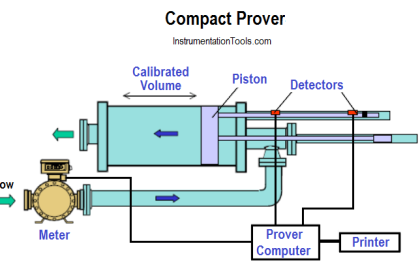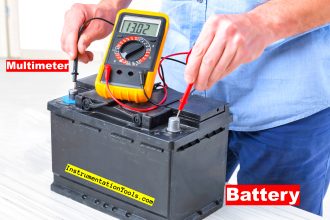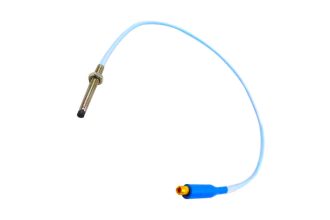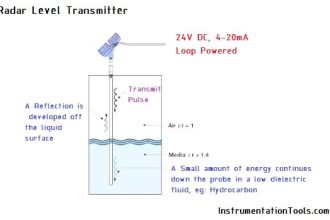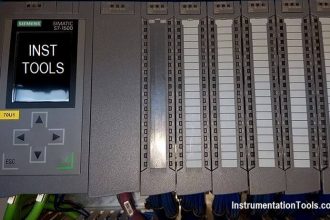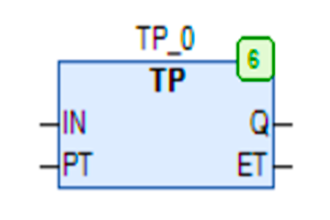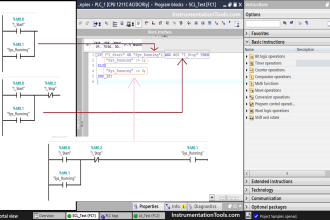A flow switch is one that detects the flow of some fluid through a pipe. Flow switches often use “paddles” as the flow-sensing element, the motion of which actuates one or more switch contacts.
Flow Switch
The “normal” status of a switch is the resting condition of no stimulation. A flow switch will be in its “normal” status when it senses minimum flow (i.e. no fluid moving through the pipe).
For a flow switch, “normal” status is any fluid flow rate below the trip threshold of the switch.
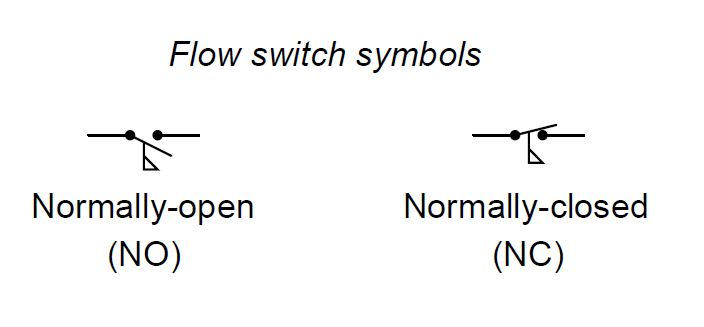
Principle
A simple paddle placed in the midst of a fluid stream generates a mechanical force that may be used to actuate a switch mechanism, as shown in the following photograph:
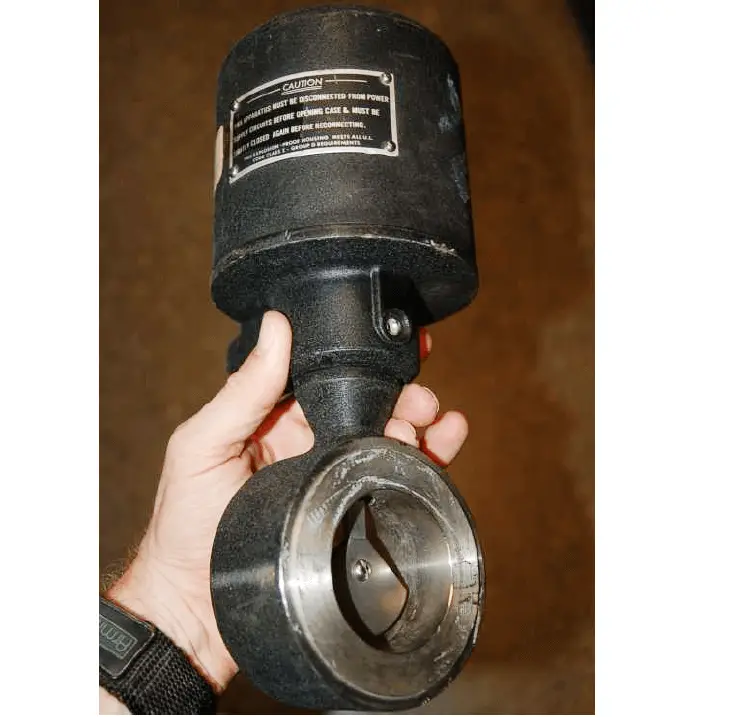
Like all other process switches, flow switches exhibit deadbands (also called differential ) in their switching action. A flow switch that trips at 15 GPM rising, for example, will not re-set at 15 GPM falling.
That switch would more likely reset at some lower flow rate such as 14 GPM. With the “trip” and “reset” points being different, the switch avoids unnecessary cycling if the process flow rate hovers near one critical value.
If you liked this article, then please subscribe to our YouTube Channel for Instrumentation, Electrical, PLC, and SCADA video tutorials.
You can also follow us on Facebook and Twitter to receive daily updates.
Read Next:
- Basics of Limit switches
- Temperature Switch Principle
- Inductive Proximity Switch
- Zero Speed Switch Principle
- What is Contact bounce?
